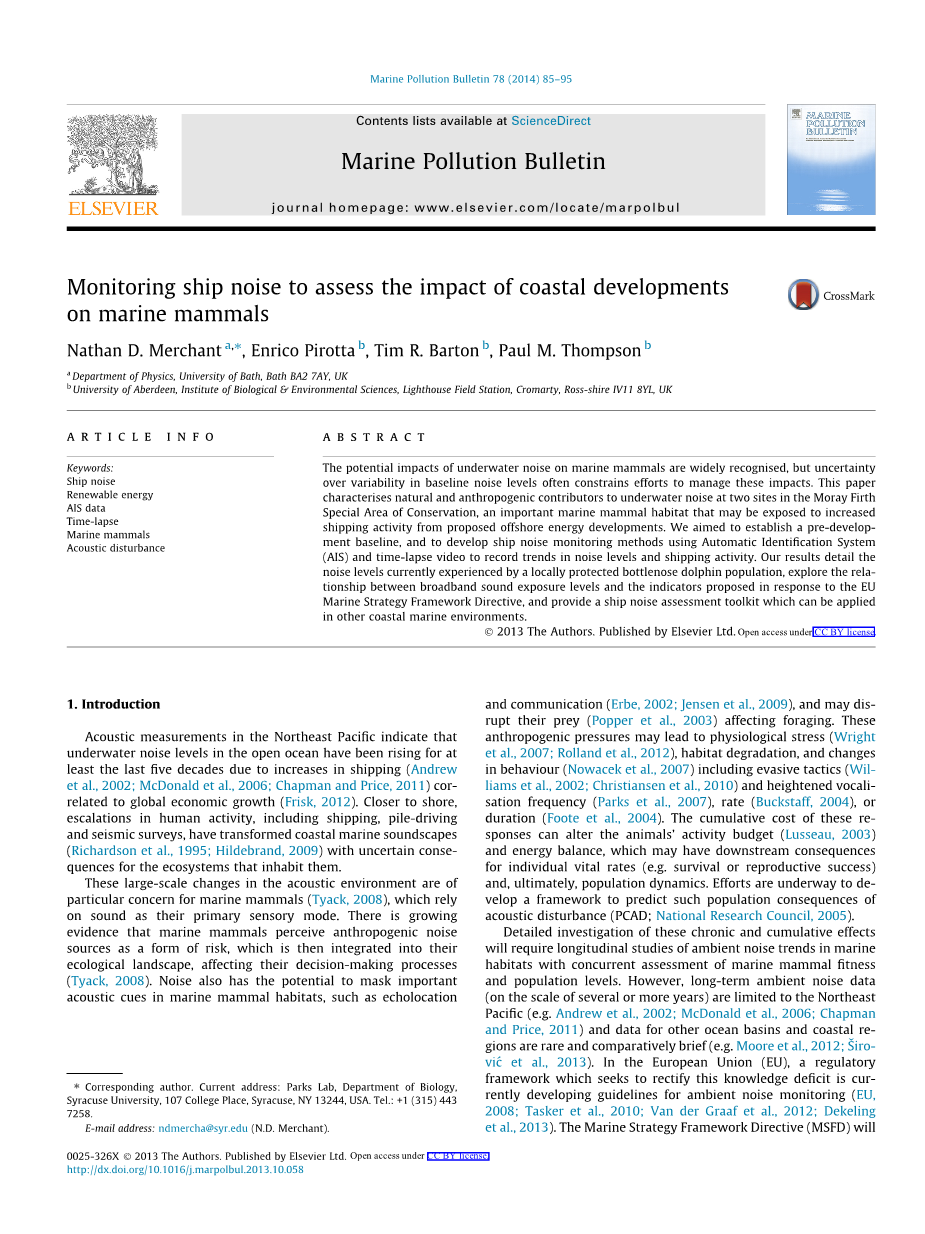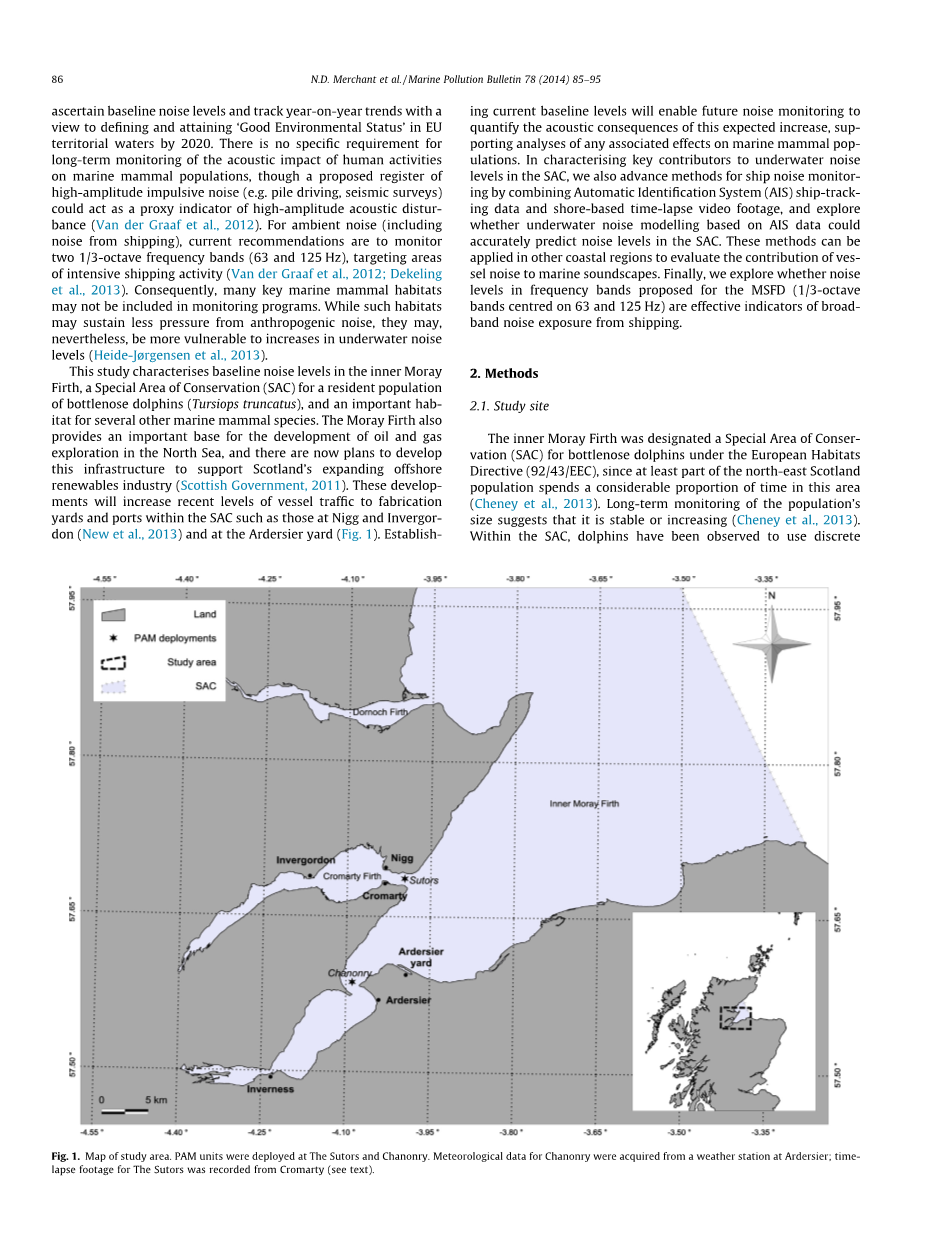

英语原文共 17 页,剩余内容已隐藏,支付完成后下载完整资料
|
Experimental Study on Impact of Ship Electric Power Plant Configuration on Power Quality in the Ship Power System Tomasz Tarasiuk, Andrzej Pilat, Mariusz Szweda Abstract—The paperrsquo;s aim is to describe and discuss the results of an experimental investigation of power quality parameters in an exemplary ship. The measurements have been carried out during the disturbing load operation. Particularly, the voltage waveform distortions have been considered, completed by voltage and frequency deviations analysis. In fact, the research has been carried out in order to check the actual level of the distortions after installation of a new power converter for the motor driving shiprsquo;s bow thruster. The various configurations of the ship power plant have been taken into account, which means that the number of generating sets working in parallel have changed. Finally, the recommendations for the ship crew have been formulated. Index Terms — marine electric power system, power quality, voltage distortions 1.INTRODUCTION The quality of electricity in the ship power system is defined by the set of parameters describing the processes of production, distribution and usage of electricity on shipboard in all operating conditions (manoeuvring, sea voyage, harbour operation). The power demand during these conditions changes significantly. This leads to necessity of adjustment of the actual power plant configuration to the actual load. Otherwise, one can observe a significant increase in specific fuel consumption. Thus, the number of generating sets working in parallel depends on the actual demand. However, it impacts upon the level of power quality as well, which is determined by interactions between actual supply and actual load. Insufficient quality of electricity usage in a marine electric grid causes deterioration of the production of this energy, and vice versa, i.e. the poor quality of electricity generation deteriorates its use. The above-mentioned set of power quality indices covers the parameters of voltages and currents (rms value, frequency, asymmetry, waveforms) throughout the whole of the analysed system. Obviously, such an extensive monitoring is quite unfeasible and one must limit the number of considered points in the investigated system. The assessment of power quality should be carried out at least on the point of common coupling of generators and all receivers, namely bus bars of the shiprsquo;s main switchboard. Any deterioration of power quality on these bus bars would impact upon the operation of the whole system. Modern ship systems and devices require a reliable electric power supply of standardised quality. It means within permitted limits, provided by rules of ship classification societies, which are to ensure the safety of the ship and its crew as well as help to avoid significant economic losses due to a malfunction of the electricity receivers. The power quality can change during the time of ship exploitation [1], e.g. due to the system overhauling or installation of new receivers. After all major changes, power quality tests are required in order to check conformity of its current level with related provisions of respective classification society rules. Authors of the paper have planned and conducted such tests after installation of the new power converter for the motor driving bow thruster on board the Gdynia Maritime University research-training vessel HORYZONT II. The purpose has been to identify the actual level of power quality during bow thruster operation and provide some recommendations for the ship power plant exploitation. Particularly, the authors measured power quality parameters on bus bars of the main switchboard during various configurations of the power plant, understood in terms of the number of generating sets working in parallel. The chief aim has been to answer the following question: What is the required minimal number of generators working in parallel during bow thruster operation at HORYZONT II in order to fulfill requirements of the Polish Register of Shipping? The shiprsquo;s system under investigation is shortly presented in Section II of this paper. The rules of the Polish Register of Shipping related to the paperrsquo;s purpose are presented in Section III. Results of the research are presented in Section IV. This consists of analysis of voltage and frequency deviations and, particularly, voltage waveform distortion changes considered in the wake of requirements of the Polish Register of Shipping rules. At last, a final recommendation is laid out in Section V. 2.POWER SYSTEM OF RESEARCH - TRAINING SHIP M / V HORYZONT II The most typical configuration of a ship power plant is a system composed of at least three synchronous generators droved by auxiliary internal combustion engines. Each generating set is equipped with an independent automatic voltage regulator and governor for speed control. The permissible levels of voltage and frequency deviations under steady-state and non-steady-state conditions are laid out in the relevant requirements of ship classification societies. The power plant of research-training ship HORYZONT II consists of three identical generating sets that are able to work in parallel. The single generating set includes: a synchronous generator with a rated power of 301 kW (376 kVA) driven by a four-stroke diesel engine with a rated power of 357 kW. Rated voltage of the power system is equal to 380 V, and the rated frequency is 50 Hz. Depending on the actual power demand, a single generator or two or three generators work in parallel. The simplified diagram of the power system of the ship HORYZONT II is shown in Fig. 1. Fig. 1. Electric power system of the m/v HORYZONT II (designations:G1hellip;G3-synchronous generators, DE1hellip;DE3-diesel engines, GR-gear, MS- motor of bow thruster, BR-breaker). All main receivers installed on the vessel are supplied directl 剩余内容已隐藏,支付完成后下载完整资料 资料编号:[236460],资料为PDF文档或Word文档,PDF文档可免费转换为Word |


